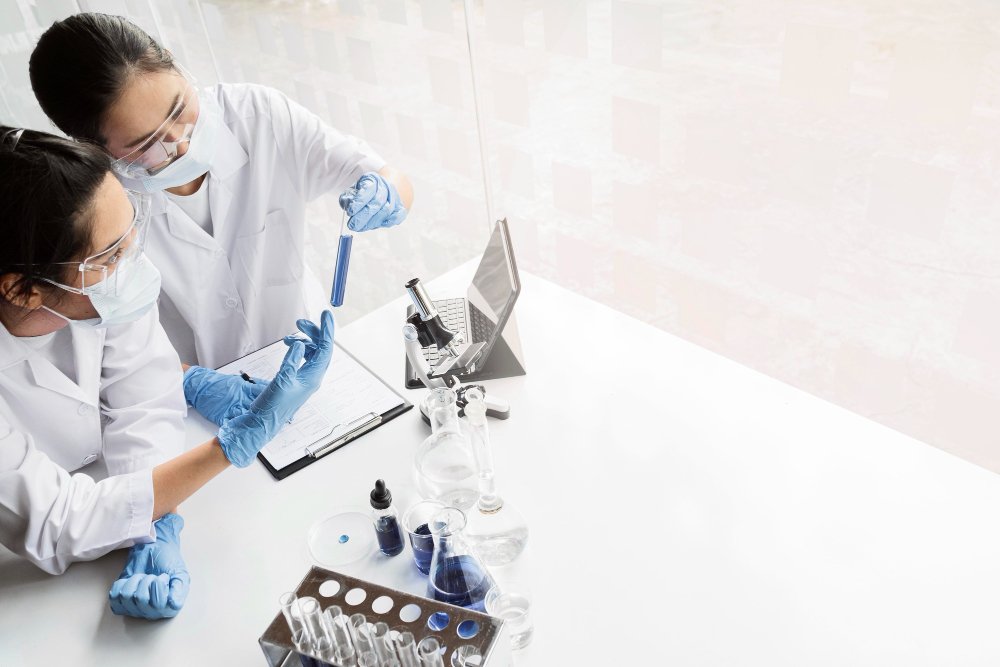If you’re exploring shockwave therapy for erectile dysfunction (ED), one of the most common questions is:
“How many sessions will I need before I see results?”
The answer depends on a few key factors—like the severity of your ED, your overall health, and the treatment protocol used—but most men follow a schedule that includes 6 to 12 sessions.
In this comprehensive guide, we’ll break down how shockwave therapy works, what a typical treatment plan looks like, and how to know when it’s time to consider additional sessions or maintenance therapy.
🔊 What Is Shockwave Therapy for ED?
Shockwave therapy, also known as low-intensity extracorporeal shockwave therapy (Li-ESWT), is a non-invasive treatment that uses acoustic waves to stimulate:
- Angiogenesis (the formation of new blood vessels)
- Increased blood flow to the penis
- Regeneration of penile tissue
It’s designed to treat the underlying vascular causes of ED, not just the symptoms—unlike medications like Viagra or Cialis.
💡 How Many Sessions Are Typically Recommended?
✅ Standard Treatment Protocols:
Most men undergo 6 to 12 sessions, depending on the severity and type of ED. Here’s a breakdown:
| Severity of ED | Suggested Number of Sessions | Session Frequency |
|---|---|---|
| Mild ED | 6 sessions | 2 per week for 3 weeks |
| Moderate ED | 8–10 sessions | 2 per week for 4–5 weeks |
| Moderate to Severe ED | 12 sessions or more | Customized based on response |
📅 Each session lasts 15–20 minutes, is non-invasive, and requires no downtime.
🗓️ Example of a Typical Shockwave Therapy Schedule
Week-by-Week Breakdown (10-Session Protocol):
| Week | Sessions | Notes |
|---|---|---|
| Week 1 | 2 sessions | Begin stimulation of penile tissue and blood vessels |
| Week 2 | 2 sessions | Mild improvements may begin (e.g., increased sensation) |
| Week 3 | 2 sessions | Some men report firmer erections |
| Week 4 | 2 sessions | Blood flow continues to improve |
| Week 5 | 2 sessions | Most men start seeing consistent improvements |
🧬 Why Multiple Sessions Are Needed
Shockwave therapy works by triggering biological changes over time—it’s not an instant fix.
Each session delivers a series of controlled acoustic pulses that stimulate:
- Neovascularization (new vessel growth)
- Improved endothelial function
- Regeneration of smooth muscle cells in the penis
These cumulative effects are why most protocols include a series of treatments rather than just one.
⏱️ When Will I Start Seeing Results?
| Time Frame | What to Expect |
|---|---|
| After 1–2 sessions | Little to no change (early biological activity begins) |
| After 3–4 sessions | Some men notice improved blood flow and morning erections |
| After 6–8 sessions | Improved erection quality, firmness, and sexual confidence |
| After 10–12 sessions | Peak response for most patients, with spontaneous erections |
🧪 According to studies, up to 70–80% of men with mild to moderate ED respond positively after a full treatment course.
🔁 Is Maintenance Therapy Needed?
Yes, maintenance sessions may be needed every 6–12 months, especially if:
- Your ED was moderate to severe
- You have underlying conditions (e.g., diabetes, heart disease)
- You want to maintain optimal performance
Maintenance plan example:
1–2 follow-up sessions every 6–12 months to preserve gains in blood flow and erectile function.
🧠 Individual Factors That Influence the Number of Sessions
Not all ED cases are the same. These variables can affect how many sessions you need:
- Cause of ED: Men with vasculogenic ED (poor blood flow) respond best.
- Severity: Mild ED may need fewer treatments; severe cases need more or may not respond fully.
- Age and health: Younger, healthier men often respond faster.
- Lifestyle factors: Smoking, obesity, and poor diet may slow results.
🧑⚕️ Customized Treatment Plans Are Key
Many clinics now offer personalized protocols based on:
- Your medical history
- IIEF (International Index of Erectile Function) score
- Doppler ultrasound results (if used)
- Response to previous sessions
💬 Always work with a trained urologist or men’s sexual health provider who tailors your shockwave therapy regimen.
✅ Summary: How Many Sessions Will You Need?
| ED Severity | Recommended Sessions | Expected Timeframe |
|---|---|---|
| Mild | 6 | 3 weeks |
| Moderate | 8–10 | 4–5 weeks |
| Moderate–Severe | 12+ | 5–6+ weeks |
| Maintenance | 1–2 annually | As needed |
Final Thoughts
Shockwave therapy offers a science-backed, non-invasive path to regaining natural erectile function. While it’s not an instant fix, most men benefit from 6 to 12 sessions spread out over several weeks, with long-term improvements that can last for a year or longer.
If you’re ready to reduce or eliminate your reliance on pills and address the root cause of ED, shockwave therapy may be the solution you’ve been looking for.




